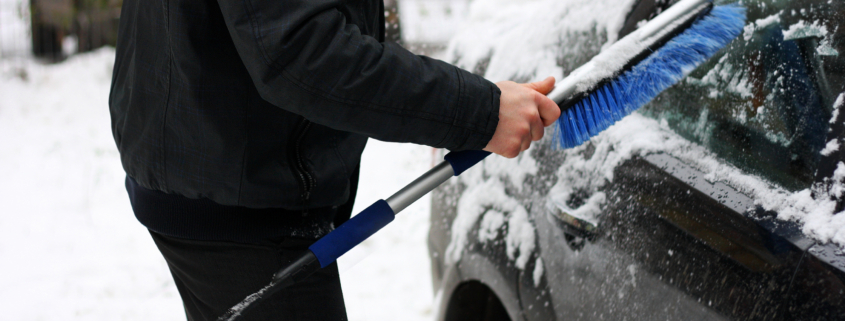How to Prepare for Winter Driving and Stay Safe on the Roads
Winter is arriving quickly this year! Road have already been covered in snow or ice from overnight temperatures that drop below freezing. It’s always good to review good habits for winter driving to keep you and your family safe on the roads this winter.
Dress for the Weather
When the temperature drops, it can be dangerous to stay outside too long. Whether you’re just running to the shop or you’re on a road trip, always dress for the possibility that you’ll run out of gas and have to walk to get a refill.
Take Time to Warm Up
You’re not the only one suffering in cold temperatures! Take care of your car and always let it run for a few minutes to warm up before you drive.
Update your Emergency Kit
Freshen up your regulars, like spare clothes, your first aid kit, water bottles, and non-perishable foods.
Add winter specifics like a warm blanket, an ice scraper, salt, cat litter, and a shovel.
Leave more Space
Keep an eye out for ice on the road, especially on bridges and wide-open spaces. Black ice doesn’t discriminate and is especially dangerous when you’re changing speed or direction, whether there’s a bend in the road or you’re braking at a light.
Always leave more space between you and the cars around you when icy roads are a possibility!
Check your Braking
During the winter when roads can be slick, it’s important to brake correctly.
Most new cars (those less than 20 years old) have ABS brakes that are designed for slick roads. If your car has ABS braking, don’t pump the brakes on ice – your car will do it for you.
If you don’t have ABS brakes, don’t slam on the brakes – instead make sure to pump them!
Top up Your Fluids
Low temperatures keep everything in your car much more dense than usual, which makes levels of everything, from fuel to antifreeze, a little lower.
To keep your lines from freezing and your levels correct, keep your gas at least ¼ full. Check your antifreeze and don’t fill it with water, which does freeze at 32F.
Keep an Eye on your Tires
Liquids aren’t the only thing that gets denser at lower temperatures. Check your tire pressure especially when the temperature drops and watch out for flat tires.











